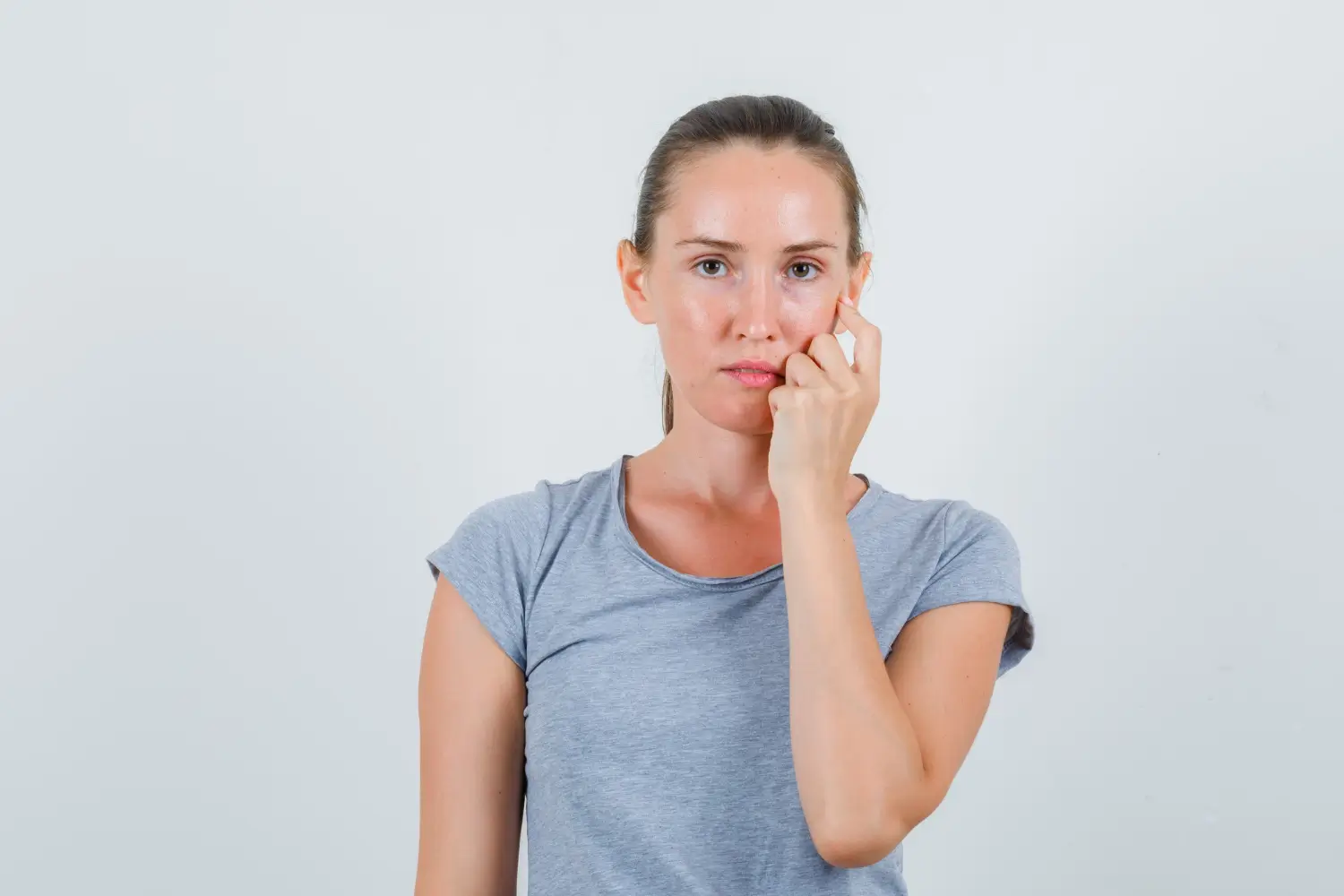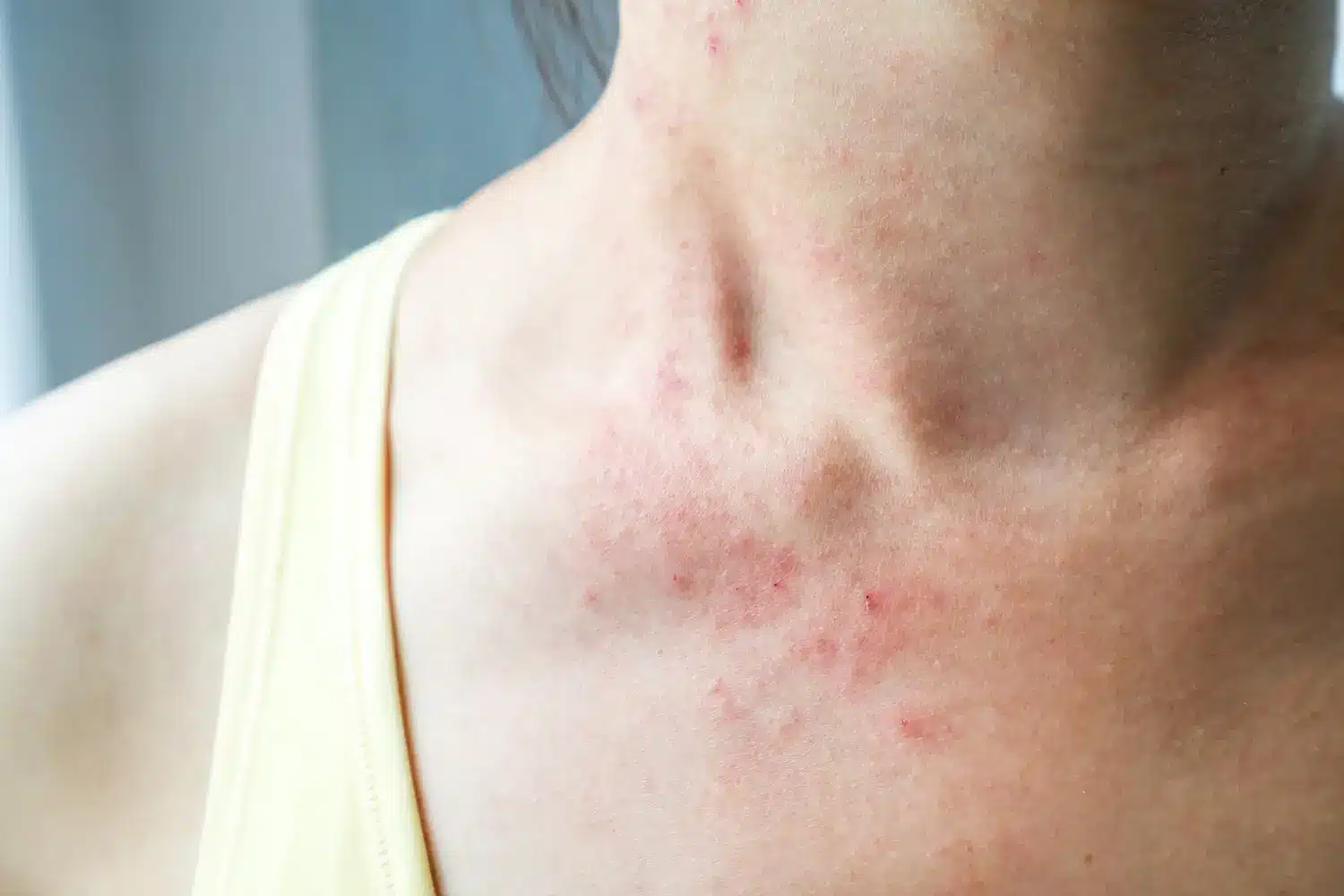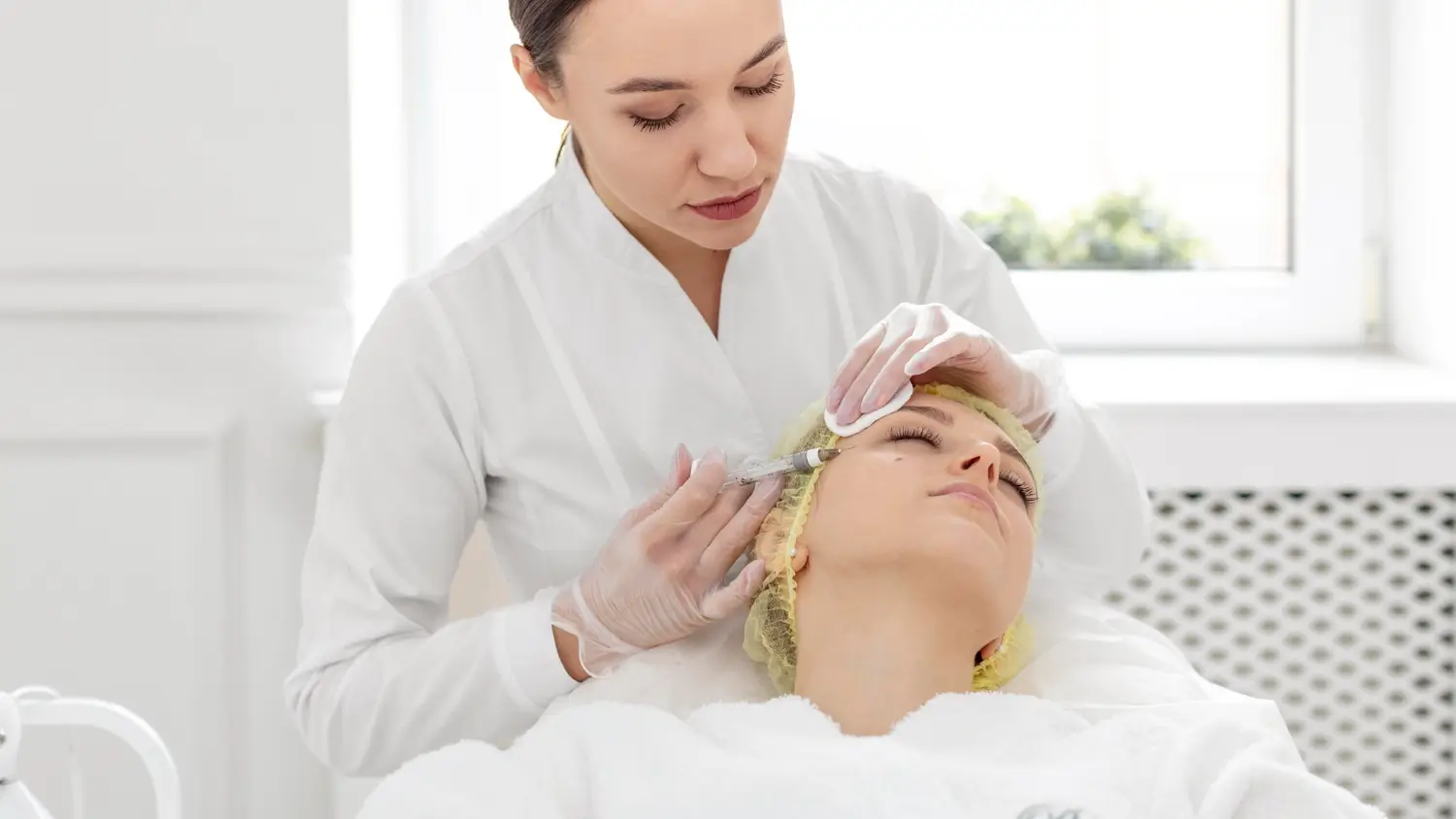
Dermal fillers are widely used to smooth out wrinkles and restore volume to the face, and users are highly satisfied with their results. However, like any medical treatment, they come with potential risks. Studies have shown that side effects can range from mild issues like bruising and swelling to more severe complications such as vascular occlusion and tissue necrosis.
Bellast fillers, known for their innovative hyaluronic acid-based formulations, have gained recognition for delivering natural-looking results. Despite their high safety profile, patients should still be aware of potential side effects to make informed decisions about their aesthetic treatments.
In this article, we’ll provide a comprehensive list of Bellast filler side effects, offering insights into common, rare, and manageable reactions to help you prepare for your treatment journey.
Key Takeaways
- Bellast fillers are a popular choice for dermal fillers, offering solutions for wrinkle smoothing, volume restoration, and facial contouring.
- Common side effects include swelling, redness, and tenderness, which usually subside within a few days.
- Rare complications, such as allergic reactions or lumps, can occur but are manageable with timely intervention.
- Patient safety relies on proper administration techniques, thorough screening, and appropriate aftercare.
About: Doctor Medica is your trusted supplier of top-quality dermal fillers, viscosupplements, and more for your medical practice. We offer genuine products from leading brands at the lowest prices. Contact Doctor Medica today to order Bellast online for your practice.
Common Side Effects of Bellast Fillers

Like most dermal fillers, Bellast fillers may cause mild and temporary side effects following treatment. These reactions are usually localized to the injection site and resolve within a few days as the body adjusts to the filler.
- Temporary Swelling, Bruising, and Redness at the Injection Site: These are the most common side effects, occurring as a natural reaction to the injection process. These symptoms typically subside within 2–3 days and can be managed with cold compresses or avoiding strenuous activities.
- Discomfort or Tenderness: This is often described as sensitivity or a dull ache and usually resolves within 24–48 hours.
- Itching or Rash at the Injection Site: Some individuals may notice mild itching or a rash at the injection site as the body adapts to the filler material. These reactions are generally short-lived and can be alleviated with over-the-counter antihistamines if necessary.
Rare Side Effects and Complications

Although rare, Bellast fillers can lead to more severe side effects that require prompt medical attention. These complications are uncommon but important to understand for safe treatment.
- Allergic Reactions: Individuals sensitive to hyaluronic acid or other components in the filler may experience this side effect. Symptoms may include swelling, redness, itching, or difficulty breathing. Patients with known allergies should inform their practitioner beforehand to minimize risks.
- Formation of Lumps or Nodules: These appear under the skin due to uneven filler distribution. They can usually be resolved by massaging the treatment area or, in some cases, treated with hyaluronidase to dissolve the filler.
- Risk of Infection: Infections may arise if proper hygiene protocols are not followed during the injection process. Symptoms include persistent redness, swelling, warmth, or discharge at the injection site. Using sterile equipment and ensuring a clean clinical environment are critical for prevention.
Minimizing Side Effects and Ensuring Patient Safety

To minimize side effects and ensure patient safety when administering Bellast fillers, it is crucial to follow proper injection techniques, conduct thorough patient selection and assessment, and provide comprehensive aftercare tips.
Proper Injection Techniques
- Use of Appropriate Tools: Ensure the use of sterile, single-use needles and cannulas to prevent infections.
- Injection Depth and Placement: To avoid complications such as vascular occlusion, administer the filler at the correct depth and in the appropriate anatomical planes.
- Slow and Controlled Injection: Inject the filler slowly and in small amounts to monitor the patient’s response and reduce the risk of overcorrection.
Patient Selection and Assessment
- Medical History Review: Conduct a detailed medical history review to identify any contraindications or allergies.
- Skin Analysis: Assess the patient’s skin type, condition, and areas requiring treatment to determine the most suitable filler product from the Bellast filler product line.
- Patient Expectations: Discuss the patient’s aesthetic goals and expectations to ensure realistic outcomes and patient satisfaction.
Aftercare Tips for Patients
- Avoid Strenuous Activities: For a few days after treatment, advise patients to avoid intense physical activities and excessive sun exposure.
- Cold Compresses: Recommend applying ice packs to the treated areas to reduce swelling and discomfort.
- Hydration and Skincare: Encourage patients to stay hydrated and follow a gentle skincare routine to support healing and maintain results.
Conclusion
Bellast fillers provide a trusted solution in the dermal filler market, offering safe and effective treatments for a variety of aesthetic concerns. While side effects are generally mild and temporary, understanding potential risks is essential for patients and practitioners alike.
Bellast fillers can deliver natural, satisfying results by following best practices in administration and aftercare.
FAQs
1. How can doctors minimize Bellast filler side effects?
Practitioners can minimize side effects by using proper injection techniques, conducting thorough patient assessments, and advising on effective aftercare routines.
2. What makes Bellast fillers different from other dermal fillers?
Bellast fillers utilize advanced cross-linking technology, offering versatile options for wrinkle reduction, contouring, and volume enhancement.
3. Who should avoid Bellast filler treatments?
Individuals with known allergies to hyaluronic acid or other filler components or those with active skin infections should avoid treatment.
References
Hong GW, Hu H, Chang K, et al. Review of the Adverse Effects Associated with Dermal Filler Treatments: Part I Nodules, Granuloma, and Migration. Diagnostics. 2024;14(15):1640. doi:10.3390/diagnostics14151640
DK Pharm. (n.d.). Bellast filler. Retrieved November 27, 2024, from https://www.dkpharm.co.kr/en/m/product/view.php?idx=21
Related Articles
Joanna Carr
Profhilo Neck – Lift and Tighten
Profhilo is a hyaluronic acid-based injectable treatment designed to rejuvenate the neck area. It stimulates collagen and elastin production, resultin...
Joanna Carr
Are Wegovy and Ozempic the Same?
Wegovy and Ozempic both contain semaglutide, but differ in FDA-approved uses, dosage, and target populations. Discover how these GLP-1 medications com...
Joanna Carr
Monovisc Side Effects – What to Look Out For
Common side effects include localized pain, swelling, and stiffness at the injection site. Read more on Doctor Medica.


